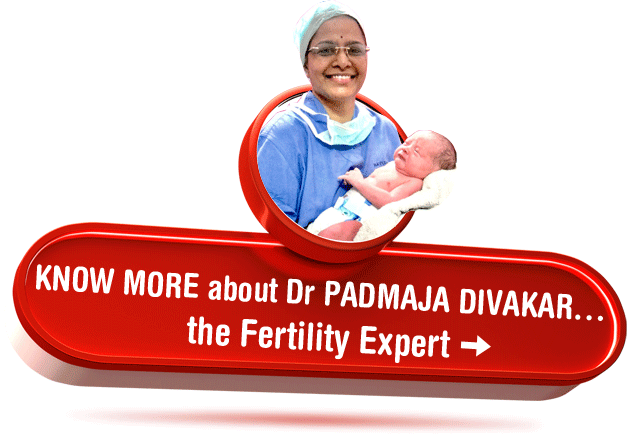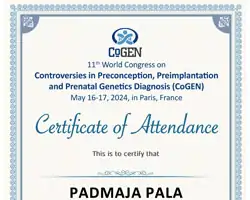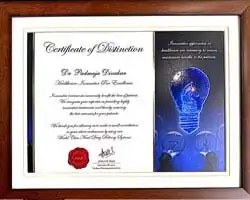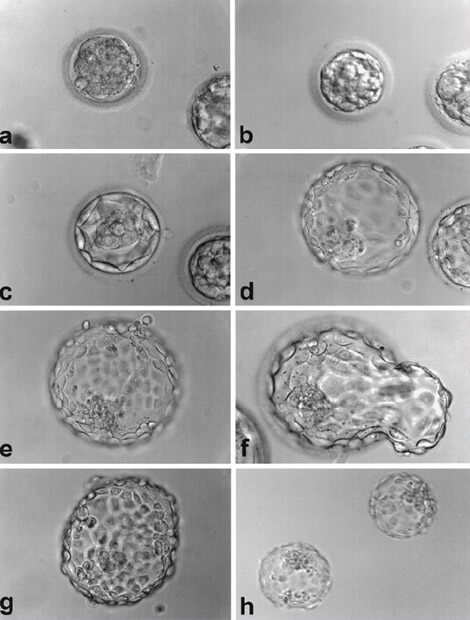- @NGRI Metro Stn, Piller No: C-964, St No: 7,
Habsiguda, Hyderabad - 500 007, TS INDIA.
Bhargavi PRO (Telugu, English, Hindi)
+91-76610 86644Admin / PRO (Telugu, English, Hindi)
+91-76610 17755Pro's IUI/IVF/ICSI (Telugu, English)
+91-76610 58800Divakar Reddy (CEO) (Telugu, English, Hindi)
+91-98483 43244SINDHU (PRO) (English, Telugu, Hindi)
+91-79819 36828Get An Appointment
Blastocyst Culture
Patrons Please Note:
Bhargavi PRO (Telugu, English, Hindi)
+91-76610 86644Admin / PRO (Telugu, English, Hindi)
+91-76610 17755Pro's IUI/IVF/ICSI (Telugu, English)
+91-76610 58800Divakar Reddy (CEO) (Telugu, English, Hindi)
+91-98483 43244Enquiry
| Total Cases Done | Successful | Success Rate |
|---|---|---|
0
|
0
|
0%
|
First Attempt Successful
| Total Cases Successful | First Attempts | First Attempt Success % |
|---|---|---|
0
|
0
|
0%
|
What is Blastocyst Culture?
Normally, in standard IVF or ICSI cycles, the embryos are transferred back into the womb, and the second or third day after egg collection. This standardized method of day 2 or day 3 transfer yields good pregnancy rates. However this method has some disadvantages, In the natural cycle the embryo is conceived in the fallopian tube. After this it takes 4 days for it to travel to the womb. By this time the embryo develops into mature stage called the blastocyst, which then implants into the lining of the womb. In standard IVF or ICSI, we put back the embryos 2-3 days before they reach the Blastocyst stage. By putting the embryos back at the Blastocyst stage, there is an increase in the pregnancy rates.
Why is Blastocyst culture not done routinely for all patients?
In 20-30% of patients, none of the embryos develop into Blastocyst. In these patients, there would be a viable embryo, available for embryo transfer. This is a relatively new technique, and one does not know whether there would be long term adverse effects in exposing embryos for 5 days to the environment. At the same time, it would be important to note that there has been no increase in abnormalities in Blastocyst babies as compared to day 2/3 transfer babies.
Who would qualify for Blastocyst Culture?
Patients who have failed to get pregnant after IVF/ICSI cycles In patients who want to undergo pre Implantation Genetics It is patient about the occasional risk of zero Blastocyst formation and hence zero pregnancy.















